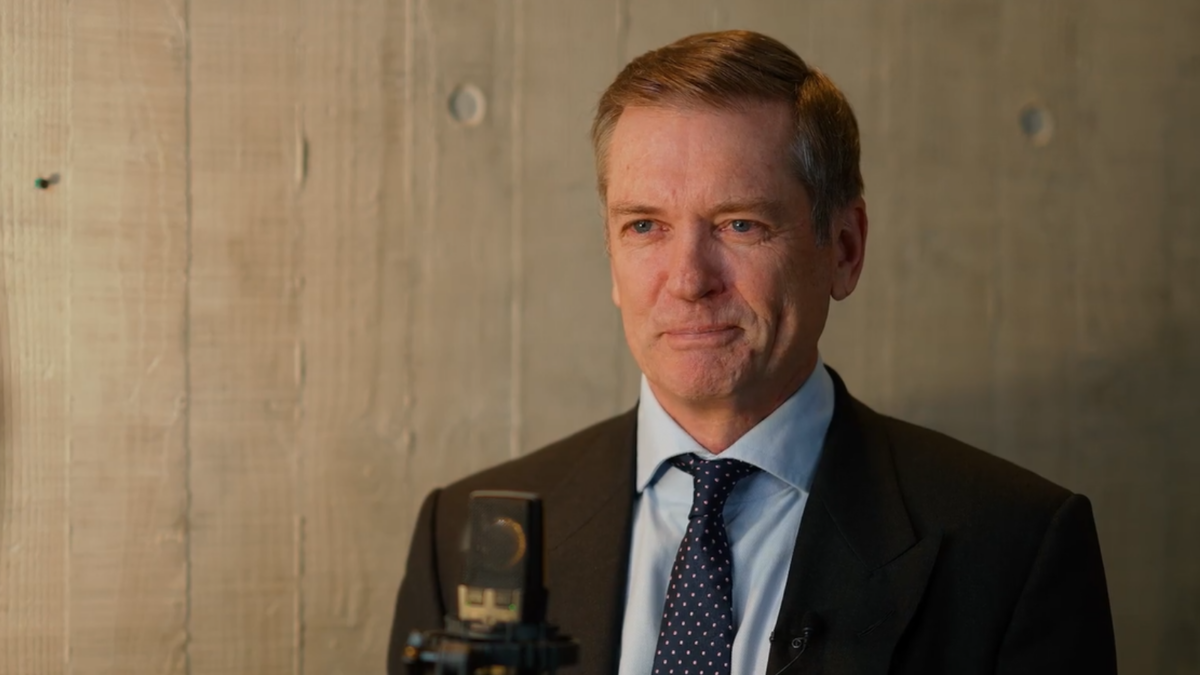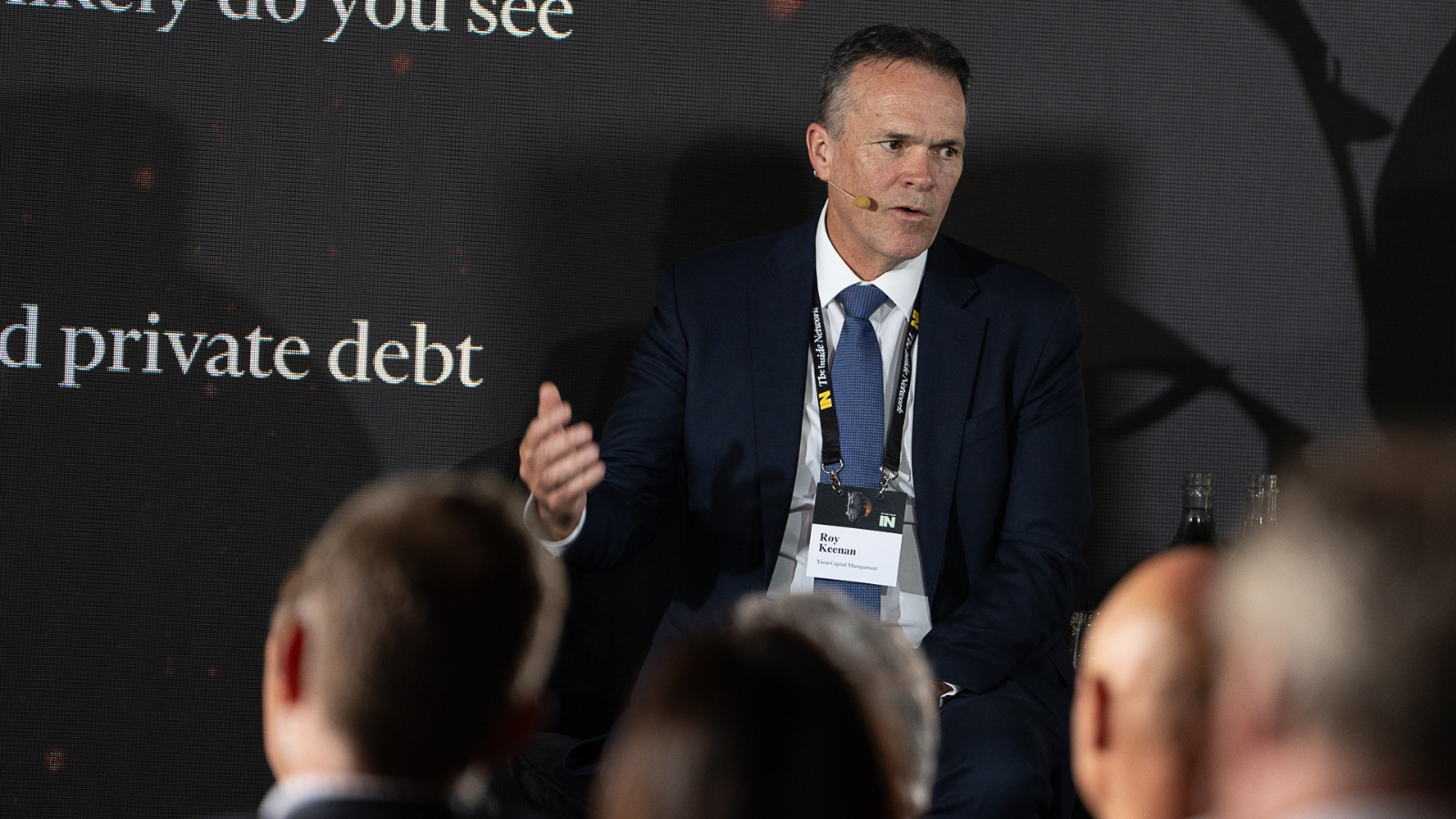Too soon for a Fed pivot, but fixed income looks promising: Atchison
Encouraged by a better-than-expected November US consumer price index (CPI), markets have jumped on the ‘pivot’ bandwagon with the expectation that the threat of much higher rates by the Federal Reserve has abated. But some observers are less convinced and say it’s too early for a pivot.
Investment adviser Atchison Consultants was quick to point out that any “pivot talk is premature”, while noting the growing investor confidence that is starting to factor in the top of the Fed cycle. As a result, the group remains positive on fixed-income investments for the longer-term outlook.
According to Atchison, fixed-income investments are starting to look attractive again: coupon payments are higher and there’s limited downside risk in terms of capital loss. Bond yields will not peak until the federal funds rate peaks, which is unlikely to occur until unemployment increases by at least 1 per cent.
“The upside in bond yields is limited and yields are close to fair value,” Atchison principal Kevin Toohey (pictured) said. “That means they are growing more comfortable and recommending an overweight to core fixed-income allocations within both global and domestic fixed-income allocations.”
Toohey says it’s been a challenging year for fixed-income investors, who have experienced extended market volatility not seen in decades.
As markets continue to look for a pivot, US manufacturing continues to expand, albeit at a softer pace, further complicating the picture for policymakers.
Purchasing manager index readings “are now dropping below 50 as a result of aggressive central bank policy, with the impact of higher interest payments on more cyclical sectors beginning to bite,” Toohey explained.
“Despite expectations of a cliff in earnings growth, there is little hard evidence to prove this at the current time.”
Toohey pointed to historical analysis and internal models indicating equity markets hit bottom one-third to two-thirds of the way through any recession, with earnings per share bottoming three to nine months after. He said this supports an underweight to global equities, particularly the US, and an overweight to liquid alternatives including macro and trend-following strategies while maintaining AUD exposure.











